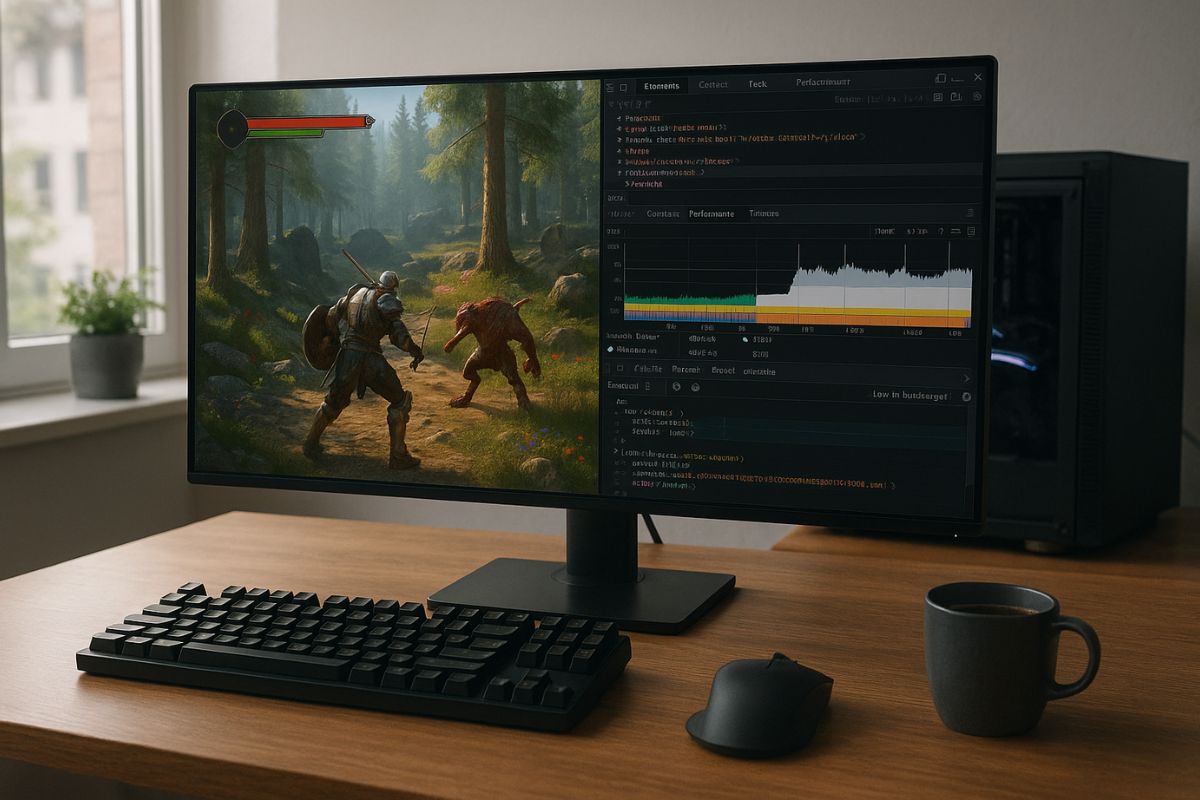Staying current in web development isn’t just about using the latest tools. It’s about working smarter, writing cleaner code, and building products that are easier to scale and maintain. Development today moves quickly, and small teams often face pressure to ship fast while still delivering stable, reliable applications.
Modern development practices give developers ways to handle that pace without sacrificing quality. From automation to testing to version control, these habits can make teams more efficient and reduce the time spent fixing things later.
What This Article Covers
This article looks at how adopting modern practices helps teams build better software. It covers topics like version control workflows, continuous integration, modular code, testing strategies, and developer collaboration. Whether you’re on a large team or working solo, these practices are adaptable and easy to implement step by step.
You don’t need to chase every trend to work modern. You just need habits and tools that keep your code organized, your deployments safe, and your team on the same page.
Start with Version Control That Makes Sense
Git is the standard, but how you use it matters. Having a clear branching strategy—like trunk-based development or Git flow—helps reduce merge conflicts and makes it easier to work in parallel with others.
Commit often with clear messages. Use pull requests not just for code review, but for knowledge sharing. A good PR conversation can help other team members understand why a change was made, not just what was changed.
Tag releases and use semantic versioning when you’re shipping packages. This creates clarity between development and production environments and makes it easier to roll back if something goes wrong.
Automate Repetitive Work
Modern development includes setting up tasks once and letting them run on their own. Linting, formatting, and basic checks shouldn’t rely on memory—they should be part of every push or pull request.
Use tools like ESLint, Prettier, or Stylelint to enforce style rules. Add these to your CI pipeline so the process doesn’t break when team members forget to run them locally.
Automation also applies to tests, deployment, and even changelogs. A pipeline that runs tests, builds your app, and deploys automatically reduces friction and helps you catch issues early—before users do.
Break Code into Smaller Pieces
Monolithic files and tangled logic slow everyone down. Modern development leans toward modular code. This doesn’t mean microservices for everything—it means structuring your code in a way that’s easy to read, test, and change.
Split functions with clear responsibilities. Keep components small and focused. In frontend frameworks like React or Vue, use composable functions and hooks to isolate behavior.
Avoid repeating logic across files. Abstract shared logic into utilities or shared services. When each piece does one thing well, the codebase becomes easier to scale without surprises.
Prioritize Readability
Modern code isn’t clever—it’s readable. Comments help when needed, but clean structure and naming matter more. Choose names that describe what something does, not just how it works.
Avoid magic values or unclear conditions. Use constants and helper functions to make intentions obvious. Think about how someone else—maybe even future you—will understand your code.
Code that’s easy to read is easier to test, easier to maintain, and less likely to break in the future.
Test with Purpose
Testing isn’t just about coverage. It’s about catching real problems before they happen. Focus your efforts where failure would hurt the most—critical business logic, state management, and third-party integrations.
Unit tests help ensure each function works as expected. Integration tests check how components work together. End-to-end tests simulate real user flows.
Write tests that are stable and predictable. Flaky tests slow teams down and create false alarms. Use mocking and test data to control what your tests rely on.
Testing also gives confidence when refactoring. You can clean up code knowing you’ll be alerted if something stops working.
Document the Decisions
Modern development means thinking beyond the code itself. It includes documenting how and why choices were made. This isn’t about writing novels. It’s about capturing enough context to make things easier next time.
Write short README files for components or services. Include setup instructions and examples. Keep changelogs or architecture notes in the repo where they’re easy to find.
Even a few comments in the code about why a workaround exists can save hours of confusion later. Documentation helps new team members onboard quickly and reduces the need for constant handoffs.
Communicate Early and Often
No matter how modern your tools are, a good process needs communication. Use regular check-ins, code review discussions, and shared docs to keep the team aligned.
Agree on priorities and standards. That includes naming, commit message formats, and what “done” looks like for a feature. Working in the same direction avoids duplicated effort or misunderstood goals.
For distributed teams, async updates in tools like Slack, Notion, or GitHub issues can replace meetings while still keeping everyone informed.
Keep Learning and Improving
Modern development isn’t a fixed destination. It’s a habit of learning and adjusting. New tools will come along. Some will help, others won’t. What matters is building a process that works for your team and revisiting it when it starts to feel off.
Ask what’s working and what isn’t. Maybe you need faster review cycles or a better feedback loop between devs and design. Maybe your builds take too long or onboarding feels slow. Whatever the case, treat process the same way you treat code—something you can iterate and improve.
Adopting modern development practices isn’t about adding complexity. It’s about building habits and workflows that make your code easier to understand, easier to maintain, and safer to ship. When you invest in your process, your product benefits—and so does your team.

No Responses